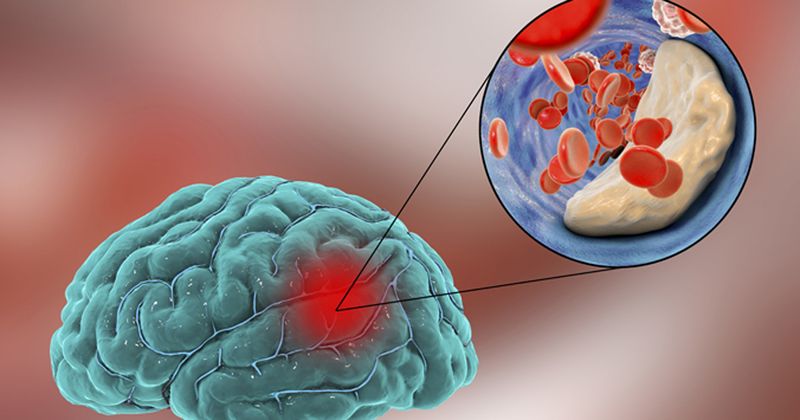Insufficient evidence of harm in patients with stroke after recent oral anticoagulant use
There was insufficient evidence of excess harm associated with off-label IV thrombolysis in patients after ischemic stroke with recent intake of a direct oral anticoagulant, researchers reported in JAMA Neurology.
Currently, international guidance recommends avoiding IV thrombolysis in patients with ischemic stroke who have recently taken a direct oral anticoagulant, Thomas R. Meinel, MD, of the Stroke Research Center at the University of Bern in Switzerland, and colleagues wrote.

Meinel and colleagues sought to determine whether the risk for symptomatic intracranial hemorrhage was associated with IV thrombolysis in patients with recent direct oral anticoagulant ingestion.
The researchers conducted an international, multicenter, retrospective cohort study, which included 64 stroke centers across Asia, Australia, Europe and New Zealand. Adult patients with ischemic stroke who received IV thrombolysis were included. Patients who ingested a direct oral anticoagulant more than 48 hours prior to stroke onset were excluded.
A total of 832 patients with recent direct oral anticoagulant ingestion were compared with 32,375 controls. Of 33,207 patients included, 14,458 (43.5%) were women, and the median age was 73 years.
Of the 832 patients taking direct oral anticoagulant, 252 (30.3%) received direct oral anticoagulant reversal before IV thrombolysis; 225 (27%) had direct oral anticoagulant-level measurements; and 355 (42.7%) received IV thrombolysis without measuring direct oral anticoagulant plasma levels or reversal treatment.
The unadjusted rate of symptomatic intracranial hemorrhage was 2.5% in patients taking a direct oral anticoagulant (95% CI, 1.6-3.8) compared with 4.1% (95% CI, 3.9-4.4) in controls who did not receive a direct oral anticoagulant.
In addition, recent ingestion of a direct oral anticoagulant was associated with lower odds of symptomatic intracranial hemorrhage after IV thrombolysis compared with no anticoagulation (adjusted OR = 0.57; 95% CI, 0.36-0.92).
“We found insufficient evidence of excess harm associated with [IV thrombolysis] in selected patients with ischemic stroke with recent [direct oral anticoagulant] ingestion,” Meinel and colleagues wrote. “This was true regardless of the selection strategy and is likely consistent with net benefit of [IV thrombolysis] in those patients.”
In a related editorial, Eva A. Mistry, MBBS, MSCI, of the department of neurology and rehabilitation medicine at the University of Cincinnati, noted that nearly 20% of patients with acute ischemic stroke undergo direct oral anticoagulant treatment at the time of their stroke.
Mistry stated that the study from Meinel and colleagues provides “time-critical, preliminary data for thrombolysis among patients with [acute ischemic stroke] with recent [direct oral anticoagulant] use.” In addition, despite limitations, Mistry states the data provided by the study may be used by clinicians to make individualized decisions regarding thrombolysis among patients with recent direct oral anticoagulant use.
Reference:
Mistry EA. JAMA Neurol. 2023;doi:10.1001/jamaneurol.2022.4765.
